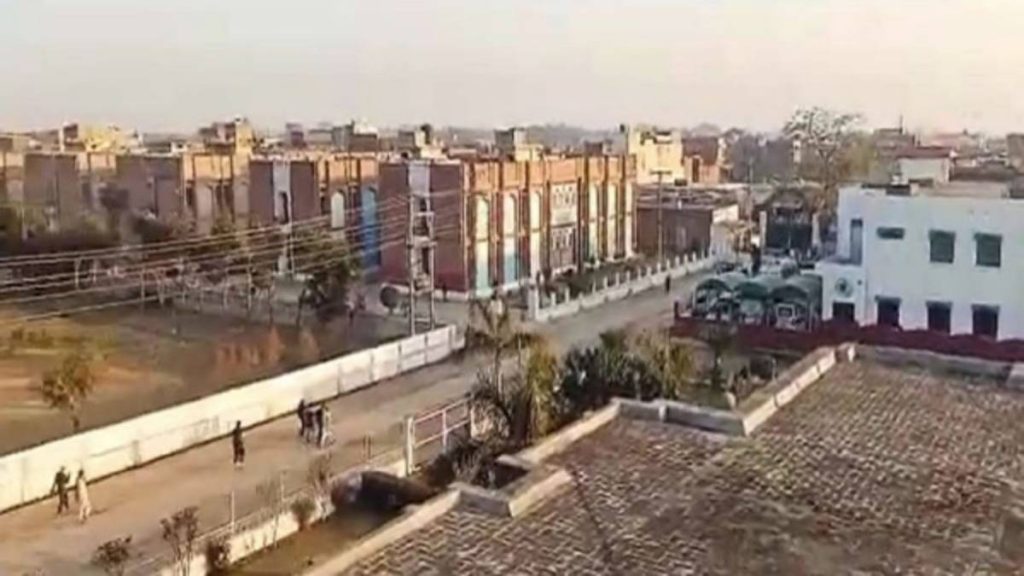In a bold and meticulously coordinated military operation, the Indian Armed Forces launched Operation Sindoor on Wednesday, striking nine major terrorist installations across Pakistan and Pakistan-occupied Jammu and Kashmir (PoJK). The strikes were aimed at crippling the backbone of anti-India terror infrastructure long supported by Pakistan’s Inter-Services Intelligence (ISI) and the Pakistan Army.
According to sources, all nine designated targets were successfully neutralized in the precision strike, marking one of India’s deepest and most significant cross-border military actions since 1971. The operation was carried out in response to the April 22 terrorist attack in Pahalgam, Jammu and Kashmir, that claimed the lives of 25 Indian citizens and one Nepali national.
Reliable intelligence suggests that Pakistan’s military establishment, particularly its spy agency ISI, has for years provided comprehensive support to terrorist outfits such as Lashkar-e-Taiba (LeT), Jaish-e-Mohammed (JeM), and Hizbul Mujahideen (HM). This support has included funding, logistical coordination, indoctrination, and even direct combat training.
Many of these terror camps, known as Markaz or launch pads, are deliberately concealed within or near government facilities in Pakistan and PoJK. These camps are not only training hubs but also centers of radicalization and operational planning for attacks on India.
Strategic Targets Hit in the Operation:
1. Markaz Subhan Allah, Bahawalpur
This is the main headquarters of JeM and a vital center for radicalization and operational planning. It houses top leadership including Masood Azhar and his family. JeM conducted training for suicide bombers and planned the Pulwama attack from here.
2. Markaz Taiba, Muridke
The heart of LeT’s training operations, this sprawling complex has historical ties to global jihadist networks. It was financed in part by Osama Bin Laden and served as a training ground for 26/11 Mumbai attackers.
3. Sarjal / Tehra Kalan Facility, Narowal District
Operated from a government primary health center, this JeM launch pad facilitates infiltration into Jammu & Kashmir through tunnels and drones. It is located just six kilometers from the International Border.
4. Mehmoona Joya Facility, Sialkot
Run by Hizbul Mujahideen, this facility is based within a government compound and focuses on arming and training cadres for infiltration into Jammu. Around 20–25 terrorists are housed here at any time.
5. Markaz Ahle Hadith Barnala, Bhimber, PoJK
A crucial LeT staging ground for operations in Rajouri and Poonch, this Markaz hosts 100–150 operatives and is used to plan infiltration routes and arms transfers.
6. Markaz Abbas, Kotli, PoJK
This JeM stronghold is under the command of Qari Zarrar, a key planner of attacks in J&K. It serves as a hub for recruitment, training, and infiltration logistics.
7. Maskar Raheel Shahid, Kotli, PoJK
An older HM training facility, this camp offers specialized training in sniping, mountain warfare, and survival. It can house up to 200 fighters.
8. Shawai Nallah Camp, Muzaffarabad, PoJK
Also known as Bait-ul-Mujahideen, this LeT camp has trained hundreds, including the Mumbai 26/11 attackers. It offers religious, tactical, and arms training and serves as a launch pad for missions into North Kashmir.
9. Markaz Syedna Bilal, Muzaffarabad, PoJK
JeM’s primary transit and training camp in PoJK, this site is run by Mufti Asghar Khan Kashmiri and shelters around 100 fighters at a time. It also hosts Indian fugitives like Aashiq Nengroo and is assisted by Pakistan Army’s elite SSG commandos.
The operation was jointly executed by the Indian Army, Air Force, and Navy. Precision munitions were used to minimize collateral damage and avoid escalation, according to official statements. The strikes were carefully planned to avoid Pakistani military installations, underscoring India’s stated objective of targeting only terrorist infrastructure.
Sources revealed that Prime Minister Narendra Modi personally monitored Operation Sindoor throughout the night, reflecting the highest level of government involvement and oversight.
These strikes have sent a clear message to both Pakistan and the global community: India will act decisively against terrorism emanating from across its borders. The destruction of these nine high-value targets is expected to significantly disrupt terror operations in the near term.
The Ministry of Defence has scheduled a press briefing at 10:00 AM on Wednesday to provide further information on the operation’s scope and impact.
Would you like a summary infographic or interactive map showing the nine targets?
